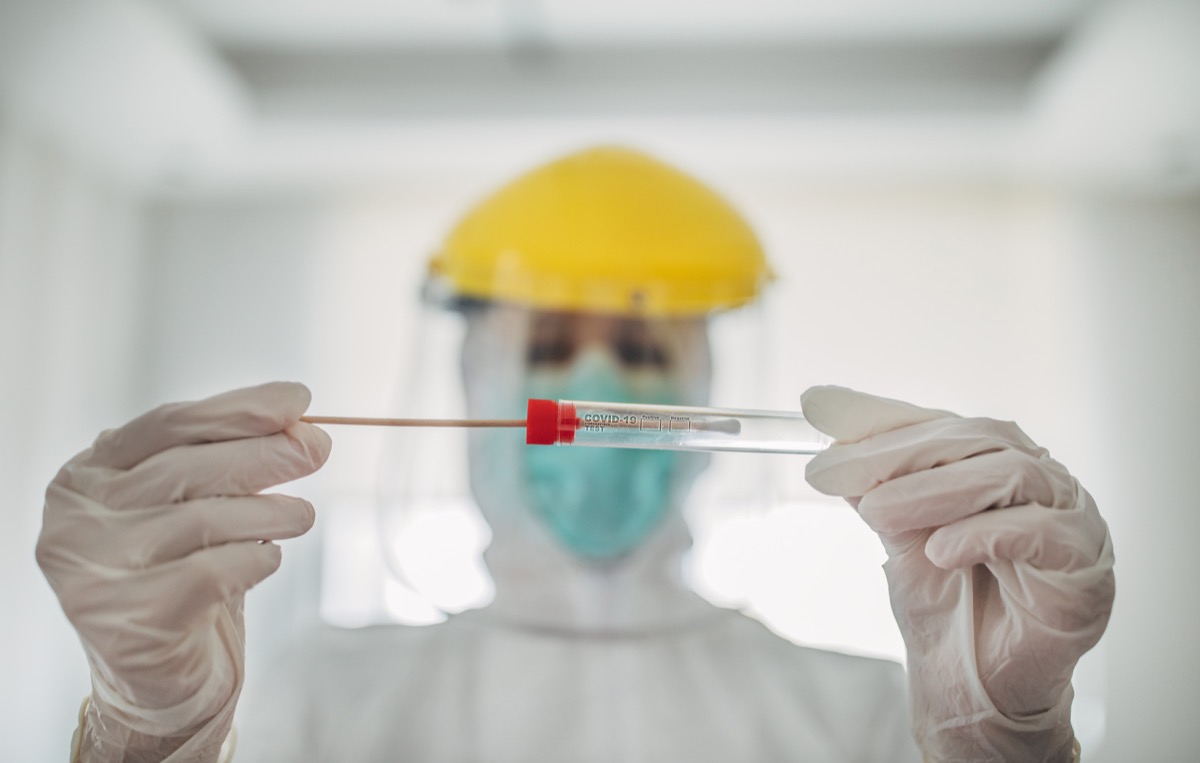“It is really concerning because testing is sort of the first step to figuring out how much disease there is in a community,” Ashish Jha, MD, director of the Harvard Global Health Institute, said in an interview with NPR. “If you can’t test people, you don’t really know how much disease there is [or] how much disease you’re missing. And right now I’m getting worried that we’re missing a lot of cases in Texas and Florida and other states.” According to the John Hopkins University, Florida’s testing rate is decreasing, with the state only conducting about 1.6 tests per 1,000 residents. And Texas is only doing 2.0 tests per 1,000. In comparison, New York is doing about 4.1 tests per 1,000 people and Massachusetts is conducting roughly 2.7 tests per every 1,000 individuals. What’s even more surprising is that Florida and Texas have both reporterd more than 40,000 new coronavirus cases in the last seven days. New York and Massachusetts, on the other hand, both have seen less than 4,000 in that same time period, The New York Times reports. Jha says there is an entire set of factors that are driving this drop in testing for these two states—none of them suggesting that’s it’s because fewer people are getting sick. “We’ve all seen the stories about the very long delays,” Jha says, referencing some instances where it has taken a minimum of 10 days to receive results. “People are less willing to get a test if they’re not going to get a result soon.” He also noted the lengthy wait times as a roadblock to ramping up the initiative. “I think the barriers that we’ve put up to making testing simple and easy are really dissuading a lot of people from getting tested,” he told NPR. RELATED: For more up-to-date information, sign up for our daily newsletter. According to a recent report from CNBC and Dynata, nearly 40 percent of tests are coming back too late to make a difference. Results should be returned in less than 48 hours and if they are returned more than 72 hours after the test occurred, they are “close to useless,” Jha said in a previous interview with CNBC. For example, if you test negative and your test results take 10 days to come back, you may have gotten the coronavirus in that amount of time. Or, if you tested positive, you wouldn’t have known to quarantine for those 10 days, which could easily lead to more secondary infections.ae0fcc31ae342fd3a1346ebb1f342fcb So, Jha is pushing for two things in Florida, Texas, and states where there’s a similar problem: more tests and faster results. There is a “broad consensus in the public health community that we need many millions of tests a day,” he says. According to John Hopkins, that simply isn’t the case. The data shows that the U.S. has yet to administer more than a million tests in a single day. And for more on this key factor of the fight against coronavirus, check out If You Live Here, You Should Get Tested for COVID Every 2 Days, Study Says.
